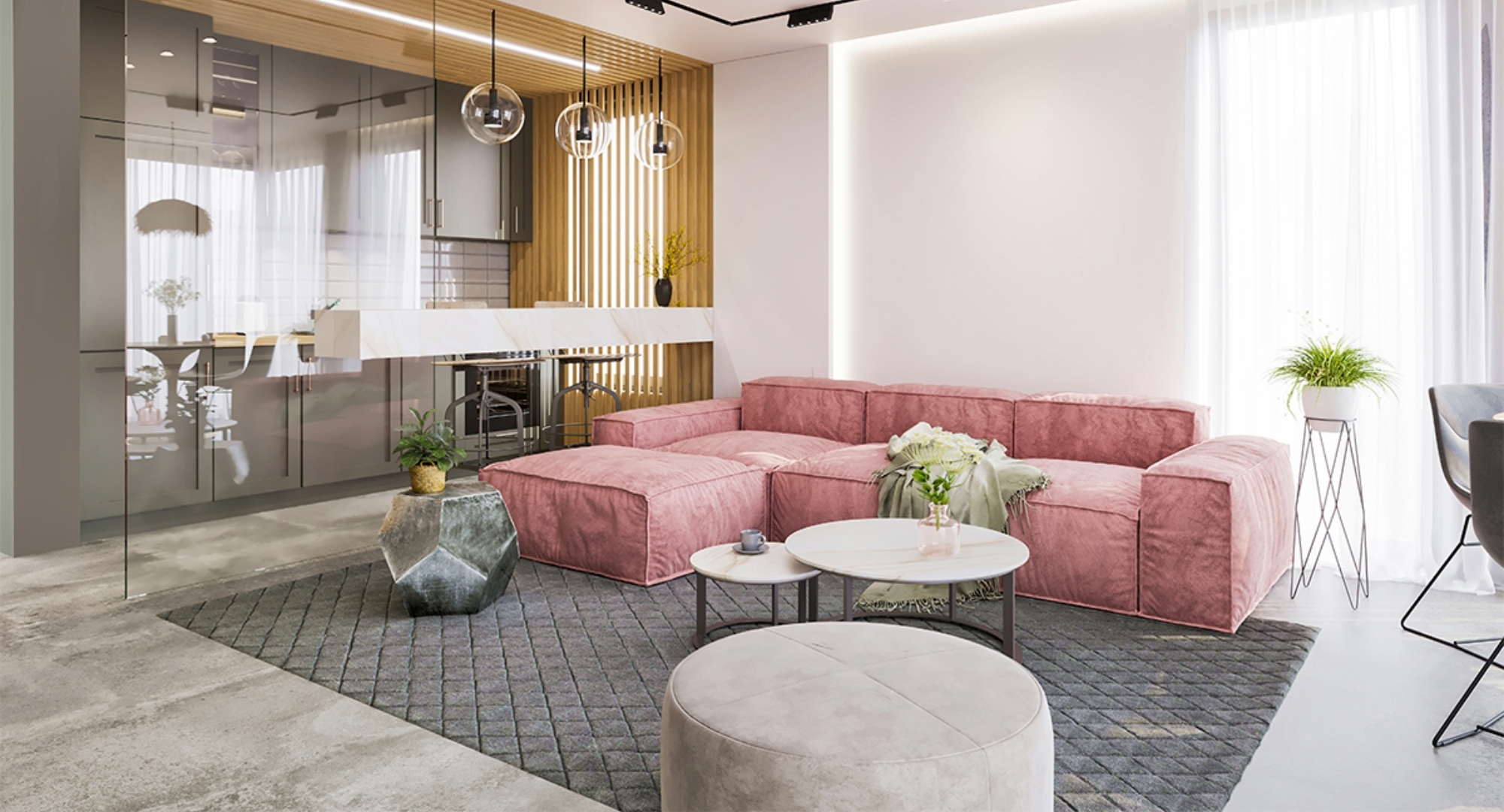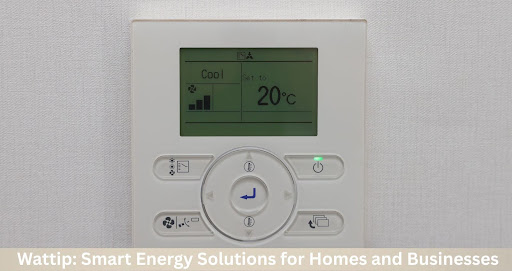Small apartment lighting comes down to two main options: track lighting vs downlights. Track lights mount on your ceiling with adjustable heads that you can move around, which gives you plenty of control. Downlights sit flush and hidden in the ceiling, so you get a cleaner look instead. Both work well in compact spaces. The right choice depends on whether you want flexibility or minimal aesthetics.
And yes, we’ve all stood in IKEA wondering which light won’t make our studio feel like a shoebox. (and yes, we’ve all stood in IKEA wondering which light won’t make our studio feel like a shoebox) That’s where smart lighting solutions come in. Made Minimal offers modern light fixtures designed specifically for small Australian homes.
This article breaks down which option suits your unit, studio, or living room best. Let’s look at how each type actually works in tight spaces.
Track lighting vs downlights: what’s the difference?
Track lighting uses adjustable heads mounted on a rail, while downlights are recessed fixtures that sit flush in your ceiling. The difference affects how your space looks and how much control you get over the light.
| Feature | Track Lighting | Recessed Downlights |
| Appearance | Visible rail system | Hidden, flush mount |
| Flexibility | Adjustable direction | Fixed position |
| Installation | Surface mount | Requires ceiling cutouts |
So what’s the catch with each one? (So what’s the catch with each one?) Track lights let you angle the light wherever you need it, which makes them great for highlighting artwork or specific spots. You can see the track on your ceiling, so the aesthetics lean more industrial or modern.
Recessed downlights work differently. They blend right into the ceiling for a sleek, minimal look. Once they’re installed in your ceiling, the light stays fixed in one direction. Both light fittings work well in small spaces, but recessed lighting gives you that streamlined appearance if clean lines matter to you.
Track lighting shines in flexible living spaces
The best part about track lighting is you can redirect light wherever you need it without installing new fittings. That flexibility makes track lights perfect for small apartments where every room serves multiple purposes.
Let’s look at why track systems work so well in compact spaces.
- Control over different zones: Track lights let you adjust each head to light specific spots in your living room. Point one towards your desk for task lighting, another at your bookshelf for accent lighting, and a third for general illumination. You’re essentially creating different lighting solutions in one space.
- Highlighting artwork and features: In our experience helping customers furnish compact Brisbane apartments, track systems work brilliantly when you need focused illumination. (In our experience helping customers furnish compact Brisbane apartments) Direct light from adjustable heads can showcase artwork on the wall or architectural features without flooding the whole room.
- Simpler installation process: Track systems mount to existing ceilings without cutting holes or major work. You won’t need to worry about ceiling damage, which matters if you’re renting. That makes track lighting a practical choice when you want flexibility without permanent changes.
Track lighting offers that level of adaptability you need in a small space. If your apartment serves as your office, dining room, and lounge all at once, adjustable track lights give you the control to make it work.
When recessed downlights make more sense
Ever walked into a studio apartment and noticed how the ceiling feels higher than it actually is? That’s recessed downlights doing their job. Low ceilings feel higher when recessed lights sit flush instead of hanging down into the room. The fixtures disappear into the ceiling, so you get more visual space above your head.
Visible track systems aren’t everyone’s cup of tea, especially in modern units where clean lines matter. Recessed downlights give you that sleek, streamlined appearance without any hardware showing. Renters with modern units often find these pot lights already installed, offering ambient lighting throughout. Renters know this headache all too well. (renters know this headache all too well)
Recessed lighting stays completely out of the way in tight spaces. Think narrow hallways or compact bathrooms where you need light but can’t afford to lose any ceiling height. The inviting glow comes straight down without any fixtures jutting out. That makes recessed lights the go-to choice when you want to illuminate a room without drawing attention to the light source itself.
LED lights and energy efficiency in compact homes
LED lights in small apartments use about 75% less energy than old halogen bulbs while lasting up to 15 years. According to the U.S. Department of Energy, residential LED bulbs offer the most energy-efficient lighting option available today.
You’re probably thinking about the cost, right? (You’re probably thinking about the cost, right?) LED bulbs cost more upfront than incandescent light bulbs. The thing is, they use less energy every single day, which cuts your energy costs over time. What we’ve noticed with modern LED fittings is that the upfront cost pays itself back within the first year through lower power bills.
(spoiler alert: the savings actually add up)
Why LED matters in compact living
Smaller spaces need fewer light sources, so quality LED technology makes a bigger difference. You can replace old incandescent bulbs in both track lights and recessed downlights with LED options. The International Energy Agency reports that LED lighting has become the global standard for energy-efficient homes. That shift happened because LED bulbs last longer and use a fraction of the power compared to older lighting designs.
Beyond the financial benefits, LED options give you more control. Dimmable LED bulbs let you adjust brightness for different moods without wasting energy on full power. That flexibility matters when your living room doubles as your bedroom and office.
Lower energy use also means a smaller carbon footprint, which adds up when you’re trying to save money and help the environment at the same time.
Installation considerations for your living room
Now that you know the difference between the two options, here’s what affects installation in your space. These installation considerations can make or break your lighting setup, so careful planning matters.
Renters need approval for downlights since they require ceiling cuts, while track lighting offers a less permanent change. You can mount track fixtures to the ceiling without major alterations. Recessed lights need holes cut into your ceiling, which landlords often don’t allow. That’s a real limitation if you’re not planning to stay long-term.
Let’s be real about what this means for your wallet. Professional installation for downlights can cost an arm and a leg compared to track systems. The existing wiring location determines where you can place either system without expensive electrical modifications. Some track lights work with standard power points, but recessed fixtures always need hardwiring.
Making an informed decision means matching the light fixtures to your specific needs. If you own your place and want a permanent solution, the installation cost for recessed lights might be worth it. Renters usually find track lighting the smarter choice.
Find the right lighting for your apartment
Choosing the right lighting makes your small space feel bigger, brighter, and more comfortable to live in. Ready to bite the bullet and upgrade your living room?
Pick track lights if you need flexibility and want to update your space easily. The adjustable heads give you control over where the light goes. Choose recessed lights for a permanent, minimal look that maximises ceiling height in compact rooms. Both lighting solutions work well; it just depends on your lifestyle.
Modern light fixtures designed specifically for small Australian homes can transform how your apartment feels every single day.




